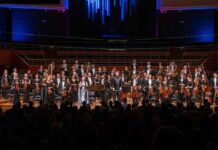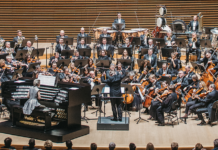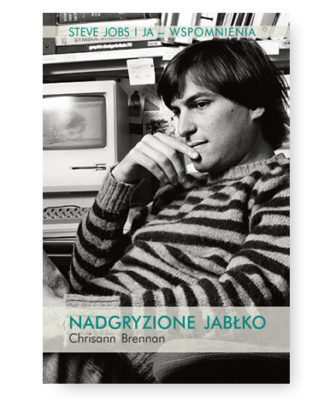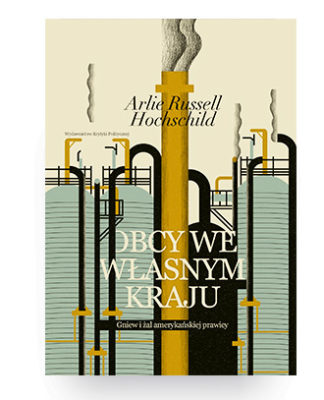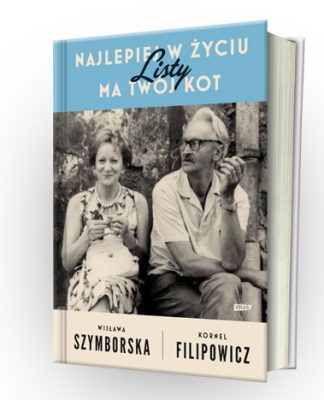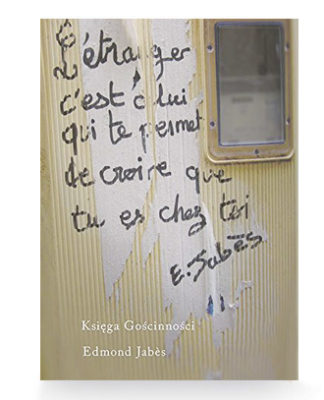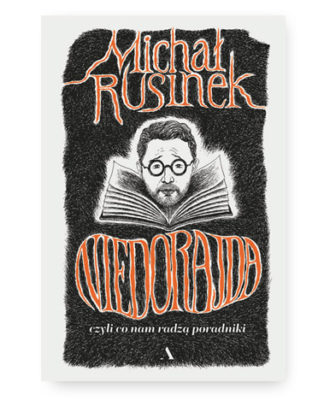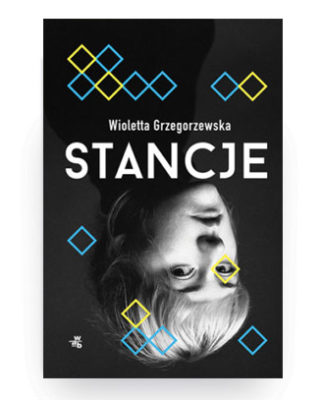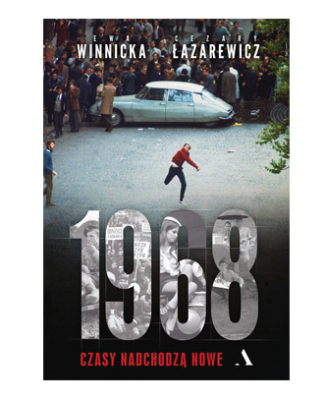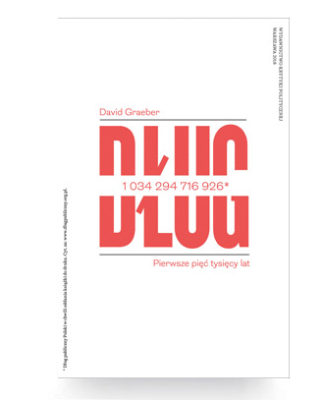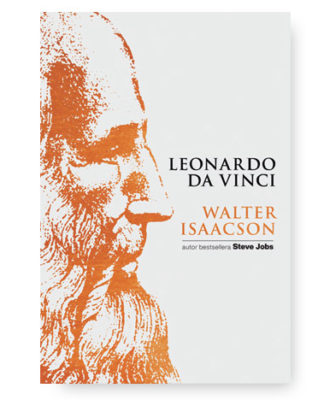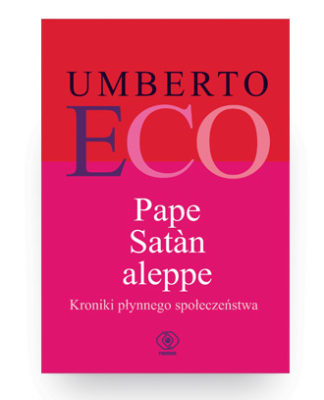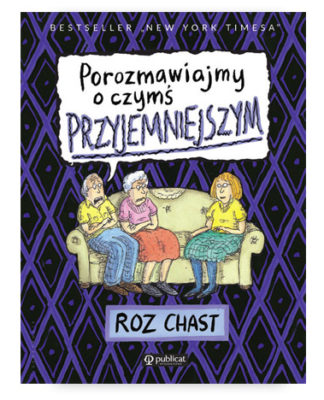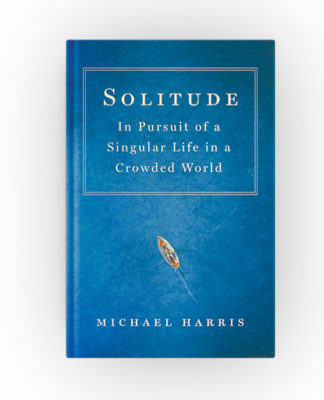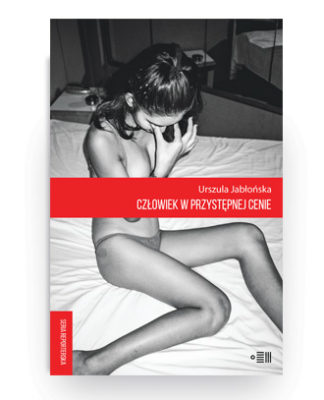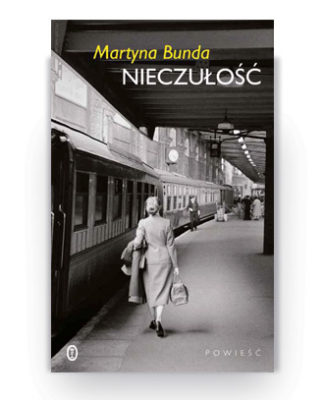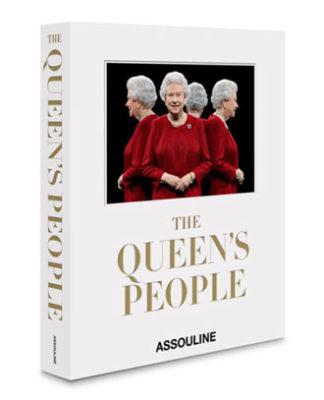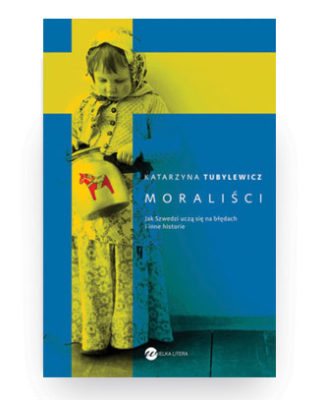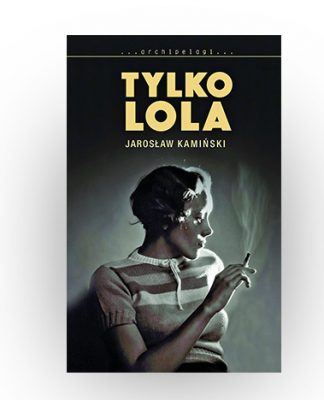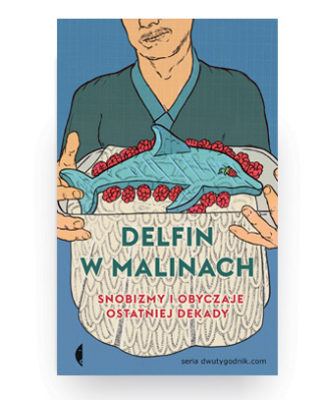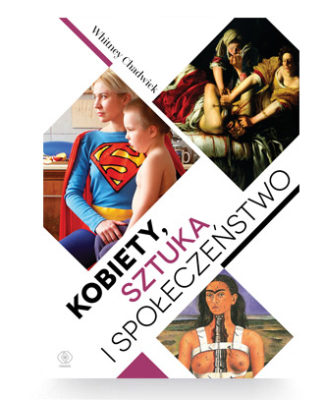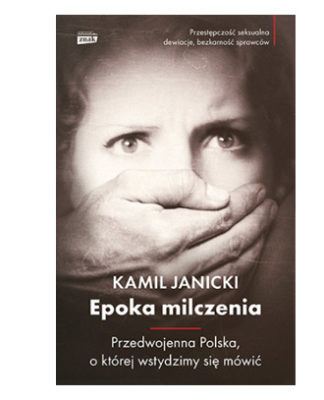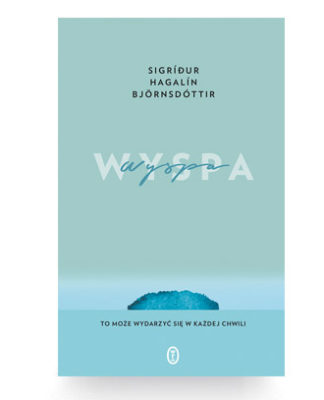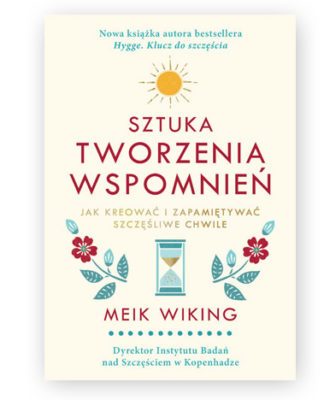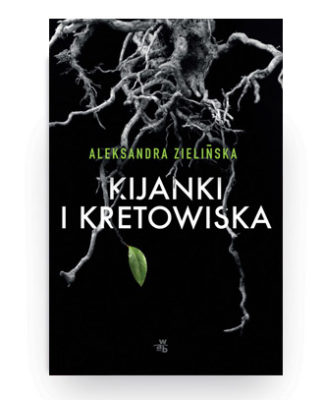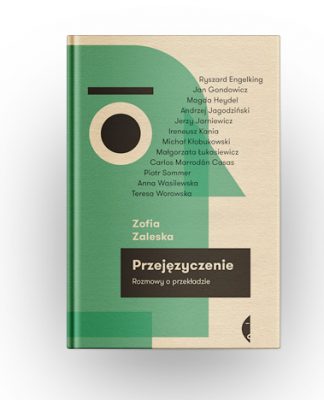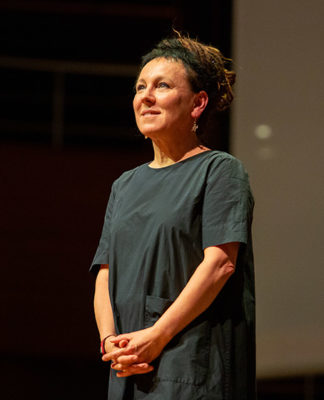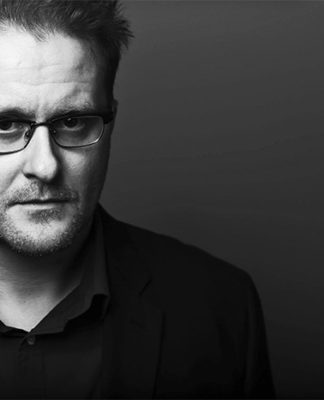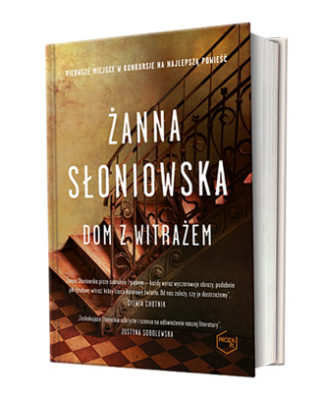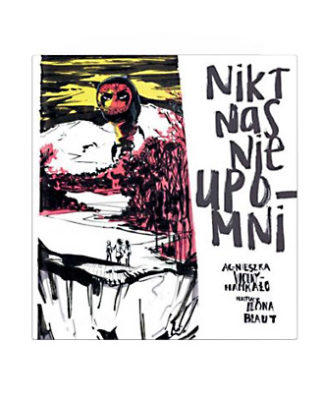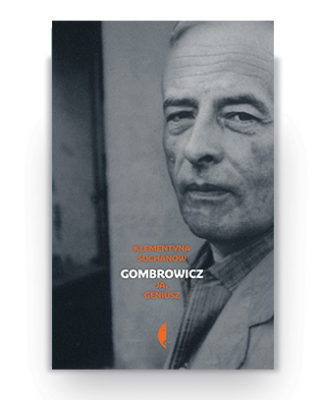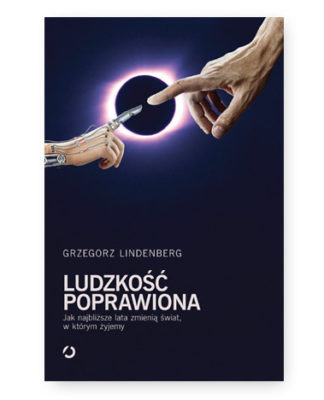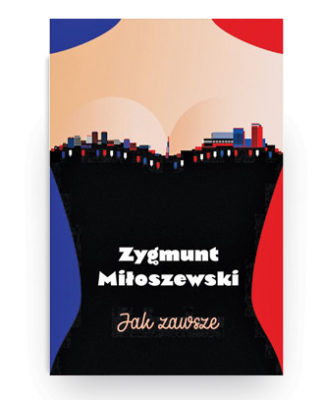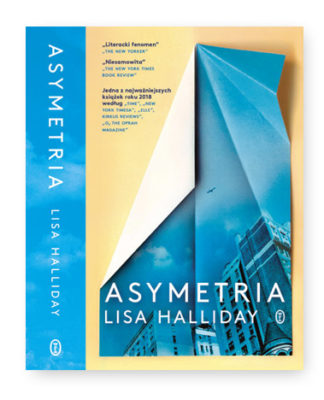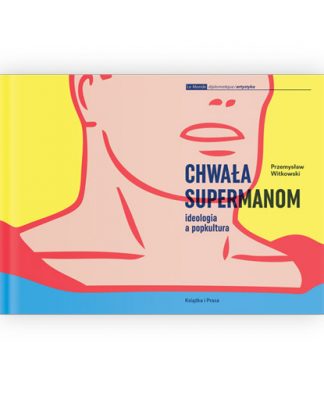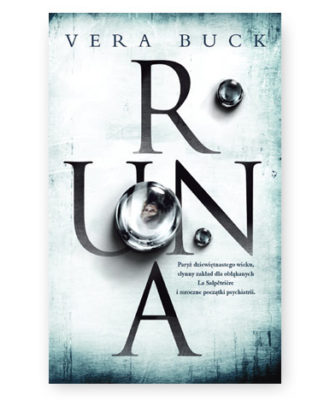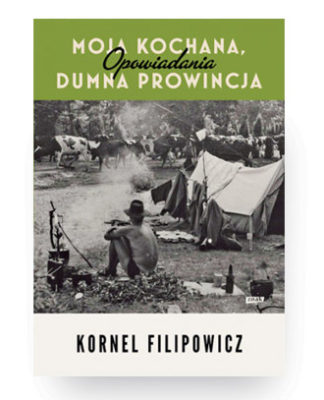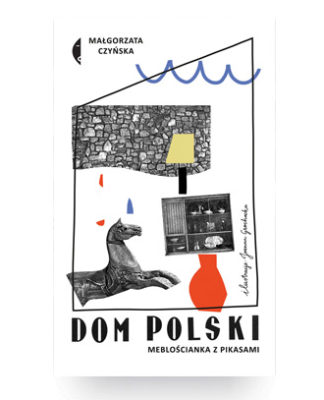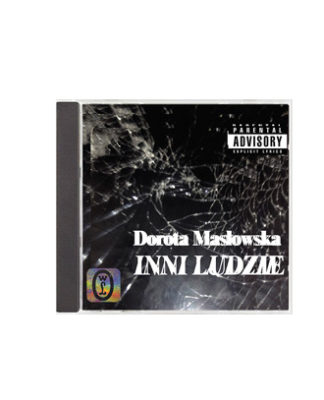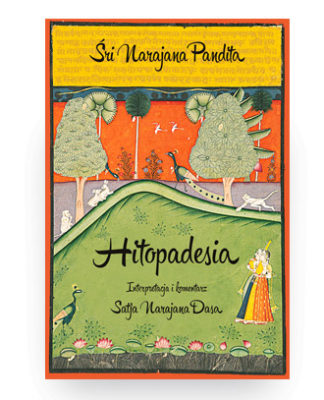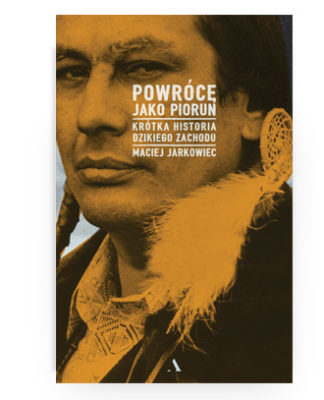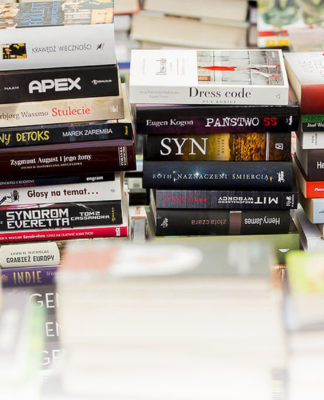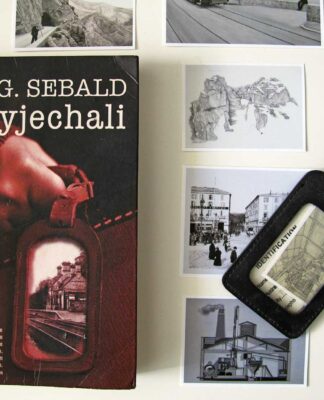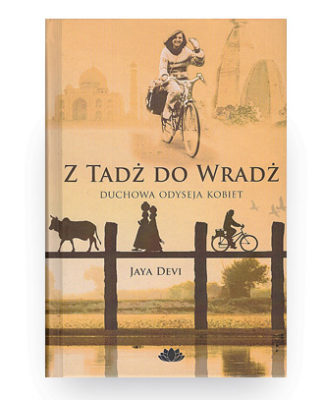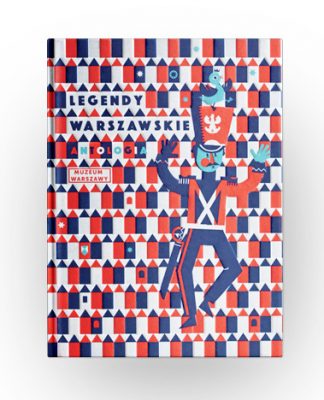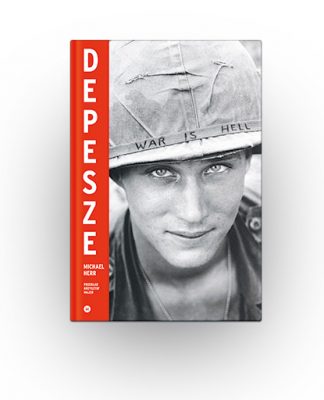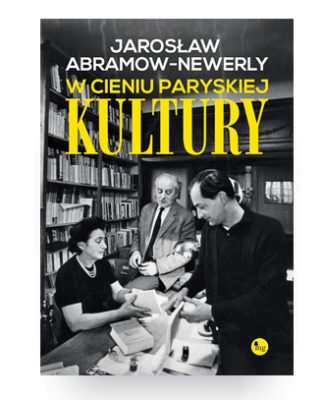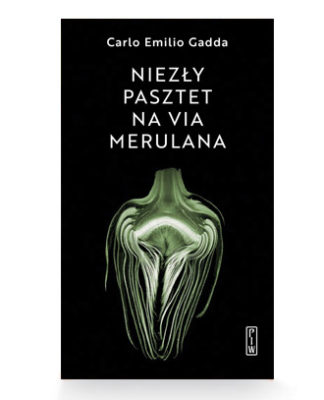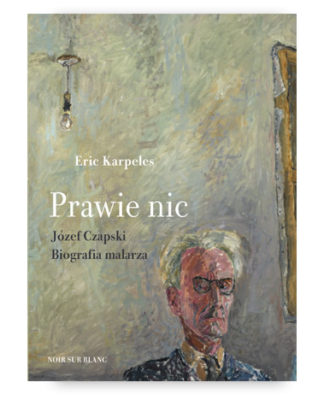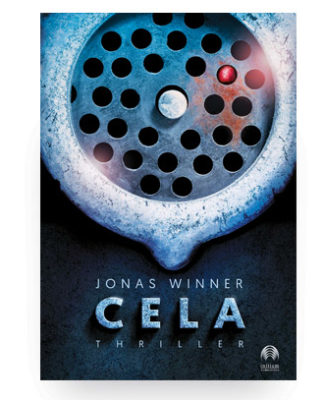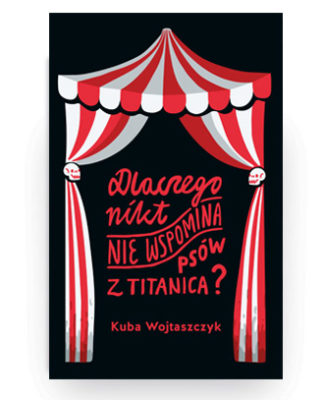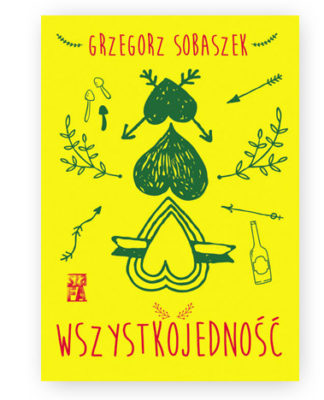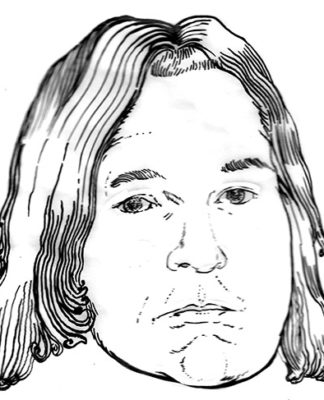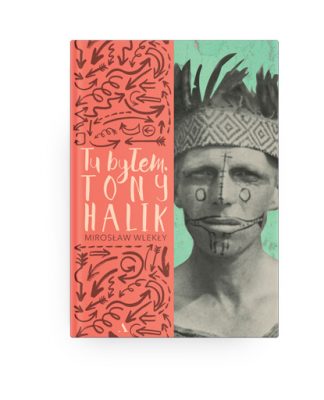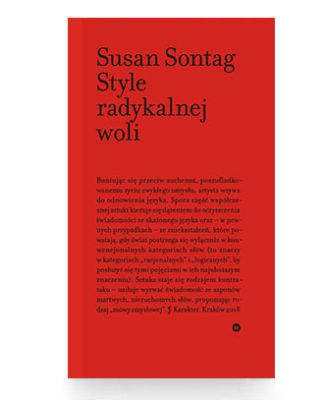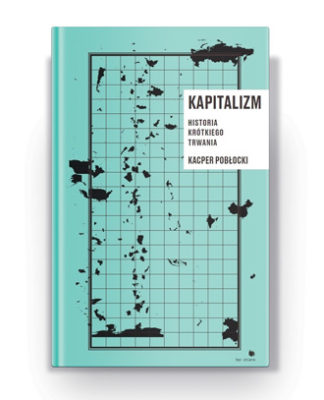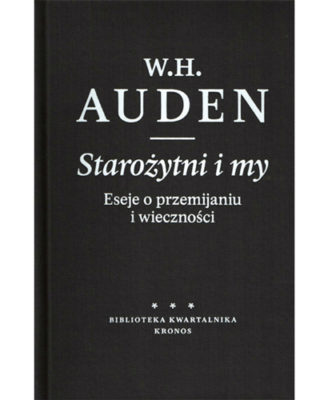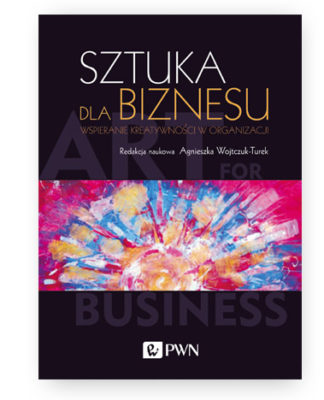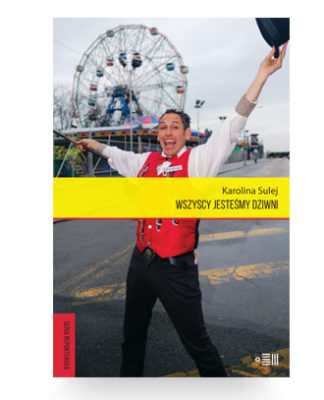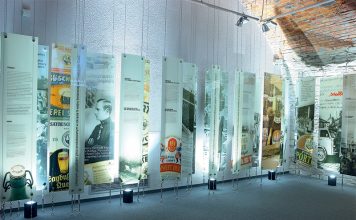Jonas Kaufmann recently visited Melbourne, where he performed Lohengrin – a role he debuted in at the Bayerische Staatsoper in 2009. It was the first opportunity Australian audiences had to see the world’s most celebrated tenor in a fully staged opera, and they showed their appreciation on opening night in a rapturous standing ovation. The critics were similarly impressed. To see Kaufmann perform live is an unforgettable experience, but to hear him sing while seated next to him is an even rarer privilege. That is precisely what happened when our editor in chief met Kaufmann two days after the premiere.
 Efekt Kaufmanna
Efekt Kaufmanna
Text: Jansson J. Antmann
Lohengrin is one of two productions in Opera Australia’s repertoire to have been directed by Olivier Py. The other is La Juive, which opened earlier last year in Sydney. Anyone who saw both productions would have noticed how they bookend World War II, with La Juive foreseeing the oncoming Holocaust, while Lohengrin is set in the post-war ruins of Albert Speer’s Germania, decorated with icons of German Romanticism and the occasional nod to Leni Riefenstahl’s 1938 film Olympia. Kaufmann has worked with Py before and recognises the director’s penchant for works that combine a certain naïveté with much darker ideas.
Jonas Kaufmann: At the beginning of Act 3, there is a wall with symbols of German culture from the past. In the centre there is an alarm clock that shows five minutes past twelve. I wanted to reset it to five minutes before midnight, but then it was explained to me that this is Zero Hour in 1945.
Has there ever been a point where the Regietheater has encroached on his ability to perform as he would like?
JK: Over the years I’ve developed an instinct for what works and what doesn’t. However, I wouldn’t say I’m capable of seeing the full picture of a production, and it would be a tough decision to say something isn’t going to work. I think it would also be wrong to just say, ‘no’, without finding an alternative.
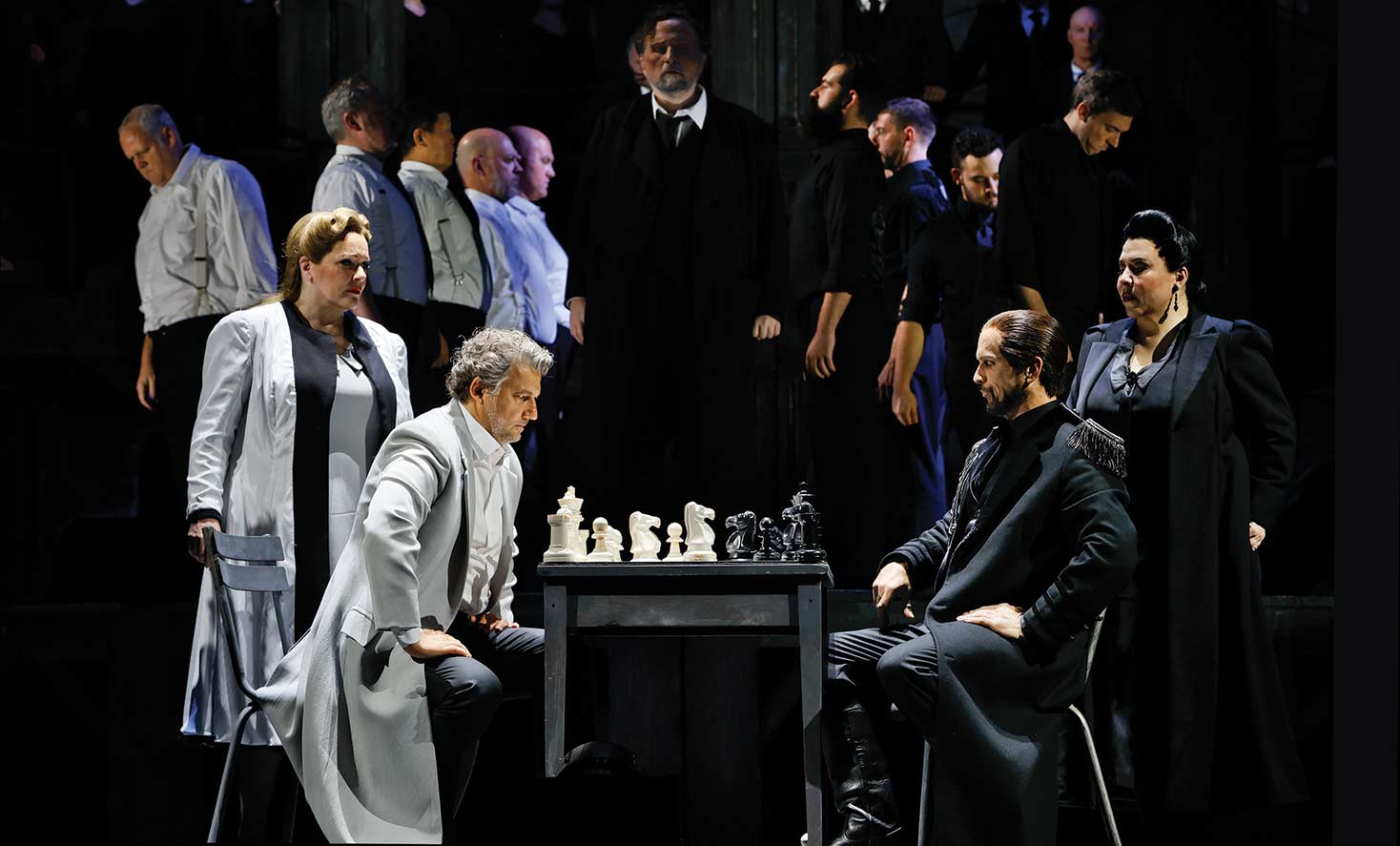
Kaufmann says he likes productions that maintain an air of mystery and avoid what he considers obsessive attempts at distracting the audience with onstage activity when there is a lull in the music.
JK: That was not the case here, and I was very happy with that. The music could actually work its magic … and there is a lot of that in Lohengrin.
Lohengrin is considered by many to be Kaufmann’s signature role. Does he believe he will ever master it? The lyric tenor Fritz Wunderlich once said that after six years in a role, he was only halfway to performing it as he ideally would have liked.
JK: I totally understand what he meant. When you’re not experienced enough, and you haven’t mastered your instrument, you cannot fully focus on the interpretation of a role. There are so many other things you have to think about. It would be dangerous to reach a point where you say, “This is it”. If you do, you probably shouldn’t touch the part again.
If one does, Kaufmann believes it will lead to frustration as one attempts to reach that same point of perfection time and again.
JK: Take Lohengrin, for instance. It felt much easier this time. I hadn’t sung the role since 2017 at the Opéra national de Paris. That was stressful, because it was my first time back on stage after a five-month pause, and that production kept me very busy. Since then, I’ve also sung other parts like Otello and Tristan, so Lohengrin felt comparatively easier. When I originally took on the role in 2009, it seemed like a very, very long part. Now I know what to expect after I get through Acts 1 and 2. It’s all a warm-up exercise for what comes next, and it doesn’t feel long at all. The more I relax, the easier the task seems, and I can concentrate on all the things I want to achieve in my interpretation of the role, especially towards the end of the opera.
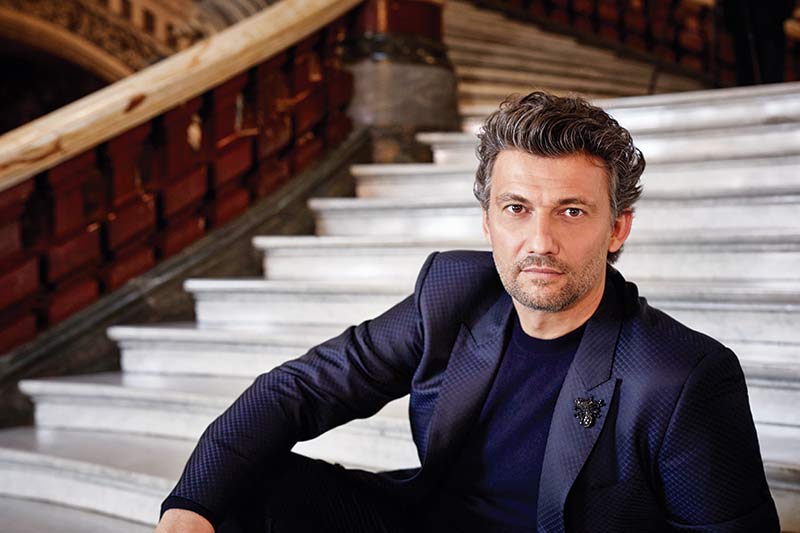
Has Kaufmann ever lost himself in a part?
JK: Yes, I think it happened to me in François Girard’s production of Parsifal at the Met in 2013. It felt as if I’d come to the end of the opera, and I couldn’t remember what had happened. I was so soaked up by the story that I didn’t remember any of it. Time passed by and it was suddenly over. Interestingly, many people in the audience had the same experience and they said, ‘Was that really five hours? It felt like 35 minutes!’ That’s really saying something about Parsifal, because usually you get the opposite reaction. And while I liked the conductor Daniele Gatti’s interpretation, it certainly wasn’t the fastest. There can be a 35-minute difference between the fastest and slowest first act alone, ranging from a little under an hour, up to an hour and 33 minutes.
Lohengrin is of course born of Parsifal. Has Kaufmann’s interpretation of either role been coloured by having performed both father and son?
JK: Are they though? That’s a question for Wagnerians to answer, because I’ve come across people who say it might be the same Grail, and it might be the same Brotherhood, but they certainly aren’t father and son. Perhaps it’s because Parzifal is spelt with a ‘z’ in Lohengrin. Maybe Wagner didn’t know how he was going to title his final opera. However, I do think having played both roles makes a difference. As soon as you mention the Grail, your head is immediately filled with all those images and all that music.
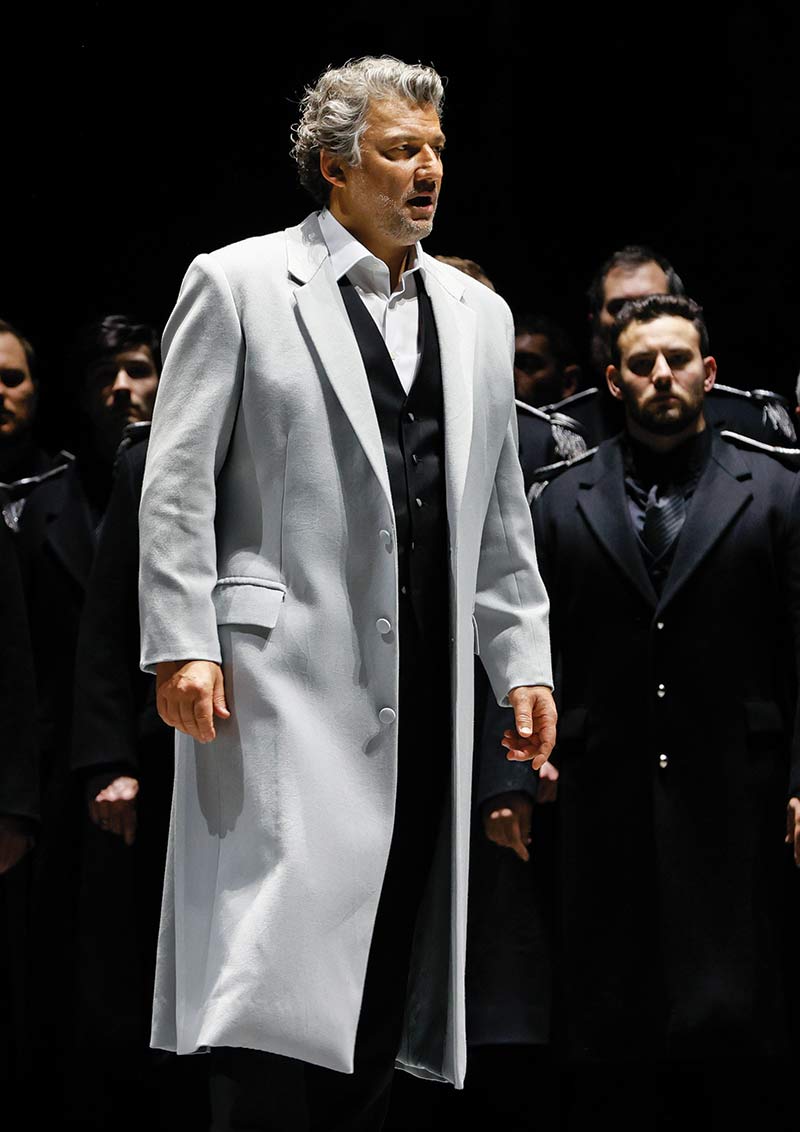
In his Melbourne performances of Lohengrin, Kaufmann was keen to explore the way he believes Wagner undercut the heroism of the role, and he takes exception to the character’s treatment of Elsa.
JK: I used to think of Lohengrin as a superhero in shining armour, who ended up being betrayed by his wife. However, as I continued studying the part, I realised it’s not true. In Act 1, he plays that kind of character, but what he says and does to Elsa in Act 3 is such an insult. There she is hinting at a sexual relationship when she sings, „Da wollte ich vor deinem Blick zerfließen, gleich einem Bach umwinden deinen Schritt„, and he also tends rather heavily toward the physical in that duet. However, Elsa’s not ready to go to bed with a guy whose name she doesn’t even know! Therefore, I found it even more obvious that he is frustrated by his failure, since it’s through a mistake of his own making. What I do is strictly based on the words and music. Even Lohengrin’s entrance is that of the antihero. He arrives in glory to an endless: Sei gegrüsst, Sei gegrüsst, Sei gegrüsst … du gottgesandter Mann! and then the music falls apart as he kneels down to the swan and sings, „Nun sei bedankt, mein lieber Schwan!” What does it mean? Why would Wagner put that in? You would expect the first words Lohengrin sings to be, „Heil, König Heinrich!„, as he does later. The Tale of the Grail: In fernem Land and the farewell to the swan in Act 3 are also incredibly heartfelt, tender and fragile. That’s how it’s written.
Noting that Wagner clearly intended the orchestra to play pianissimo, Kaufmann says he began to question whether the composer wanted Lohengrin to be portrayed as a straightforward hero at all. In his efforts to accentuate this, he found an ally in conductor Tahu Matheson.
JK: I’d never worked with Tahu, and I have to say I was curious how it would work out. He’s done a great job with the orchestra, and he really studied the opera inside out. He was very happy for me to insist on all those super pianos and I’m sure the orchestra had never played that softly before.
Singing pianissimo for long sustained periods has become a trademark of Kaufmann, and it is impossible to resist the temptation to ask how he achieves such an extraordinary sound.
JK: It’s not easy to describe. First of all, you still need the full capability of your instrument when you reach that point, and not be on the edge of losing it. Relaxation is probably the key word. Over the years, I’ve learnt that singers, including me, often try to produce sound through compression, pressure and force. That doesn’t work. Singing softly really means maintaining the airflow and using the slightest edges of your vocal cords. It took me a long time to learn. I’d always somehow inhaled my piano and exhaled for the heavy singing.
Kaufmann demonstrates with a powerful “HA!”.
JK: To sing softly, I would try to hold everything back, but you really need to do the opposite and let the air out. On that airflow, you then have this tiny little pin drop that carries out everywhere.
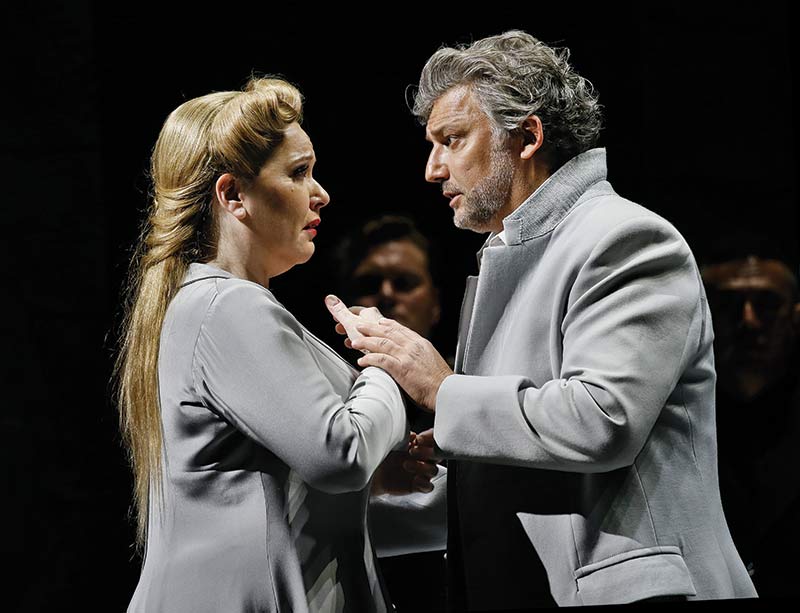
He leans forward and holds his hand out, his fingers fluttering in the air. With his other hand he gestures as if to suggest a droplet falling into a rushing stream.
JK: That’s how I realised the softest sound can carry, and obviously you need an orchestra willing to really go down all the way.
For a moment it feels like Kaufmann is giving a masterclass. Having seen him perform Lohengrin from the back of the stalls, there is no denying his technique works, with his voice gently whispering in everyone’s ear. It is little wonder his colleagues want to know how he does it. Kaufmann reveals he’s been sharing his technique with them, and the results can be heard for themselves. This year, audiences can look forward to hearing the Kaufmann effect applied to Ponchielli’s La Gioconda. In August he returns to the Sydney Opera House to make his role debut as Enzo under maestro Pinchas Steinberg, with whom he performed Parsifal in 2017.
JK: I liked working with Pinchas very much. He’s very old school. When it comes to crunch time, he knows how he wants things to be done. He never stops halfway, and if he sometimes seems impatient, I can understand why. If you look at his biography, he’s seen it all – the best of the best – and whatever he comes across has to compete with that. And if it doesn’t come really close, it’s obviously going to be boring. So, I really like working with him. He doesn’t let you get away with anything, because he has everything in control in a very elegant way. I can’t say whether he’s the perfect match for every opera in the repertoire, but whatever I’ve done did with him and what he achieved with the orchestra during rehearsals was really, really amazing.
Unlike Lohengrin, La Gioconda will be performed in concert, and Kaufmann is pleased to be making his role debut without any staging.
JK: I think there are some operas – especially verismo operas – where it’s hard for a fully-staged performance to be better than a concert version. The musical score is so descriptive that the narrative emanates from the orchestra pit. Just by listening, you can see everything that’s happening before your eyes. Therefore, I think verismo operas are perfect in concert – the music is all you need. |
Certain parts of this interview were originally published in Limelight Magazine in Australia.
limelightmagazine.com.au

Jonas Kaufmann’s Bavarian Roast Pork
Serves 4
Ingredients:
Roast
1.5 kg pork shoulder with rind, 3–4 carrots, celery, 2 large onions, 1 clove of garlic, 750 ml vegetable stock, 250 ml dark beer, 1–2 cabbage heads, 100 g pork belly, finely chopped, cooking oil, 2 tbsp crème fraîche, ½ packet of baking powder, caraway seeds, salt and pepper.
Pretzel dumplings
2 eggs, 4 pretzels from the previous day, 70 ml of milk, 1 large onion, butter, 1 bunch of parsley and nutmeg
Preparation:
Slice rind into diamonds no larger than 1 cm in size. Avoid cutting into the meat. Dice carrots and celery, quarter the onion with its skin, peel garlic and press lightly. Salt and pepper the meat, then fry on all sides in a baking dish with a little cooking oil and caraway seeds. Add the vegetables, pour approx. 500 ml of stock them and place the rind facing up in the oven preheated to approx. 180 °C. Depending on the thickness of the meat, the cooking time is around 1.5–2 hours (it is best to check with a roasting thermometer – ideally, the core temperature should be between 65–70 °C).
Baste twice: first with dark beer and later beer/ half broth. Remove from oven about 15 minutes before the end (the core temperature should be between 55–60 °C) and place on a wire rack with a drip pan. Cover the crust with baking powder using a silicone brush, increase the temperature or switch on the grill, and place in the oven. Sieve the collected juice, squeeze out well and season to taste.
Quarter savoy cabbage, cut out the stalk and cut the leaves. Fry the bacon and caraway seeds in a large pot, add the cabbage and stir repeatwdly until they start to brownand almost wilt. Deglaze with the vegetable stock, reduce the heat and simmer while covered. The savoy cabbage should still have some bite. Set aside and warm again before serving, stirring in two tablespoons of crème fraîche.
Chop pretzels into small pieces and place in a bowl. Pour ¾ of the milk over them, stir in the eggs and season with a little salt, pepper and nutmeg. Steam the chopped onion in butter until translucent and remove from flame. Mix in finely chopped parsley and stir in the pretzels. Now slowly pour in the rest of the milk until the pretzel pieces no longer appear dry. Let rest, then form dumplings and cook either in the steamer at 100 °C or in gently simmering salted water for about 25 minutes.




 Present-day dramas
Present-day dramas



